Ahvaz
AHVAZ
Ahvaz is capital of Khuzestan province and located in southwest of Iran, Ahvaz is home of Persian, Lurs, Arabs, etc. The river of Karun passes by the middle of city. In this article Vipemo take a look at the 3 of the best tourist attractions of ahvaz
Brief Introduction
Ahvaz has a long history dating back to the Achaemenid period. The long beautiful Karun River is a remarkable natural landscape of this region with its gift of life and fertility. Ahvaz is famous for its ethnic diversity as it is home to different Iranian ethnic groups as Persians, Lurs, Arabs, and Jews.
TOURIST ATTRACTIONS
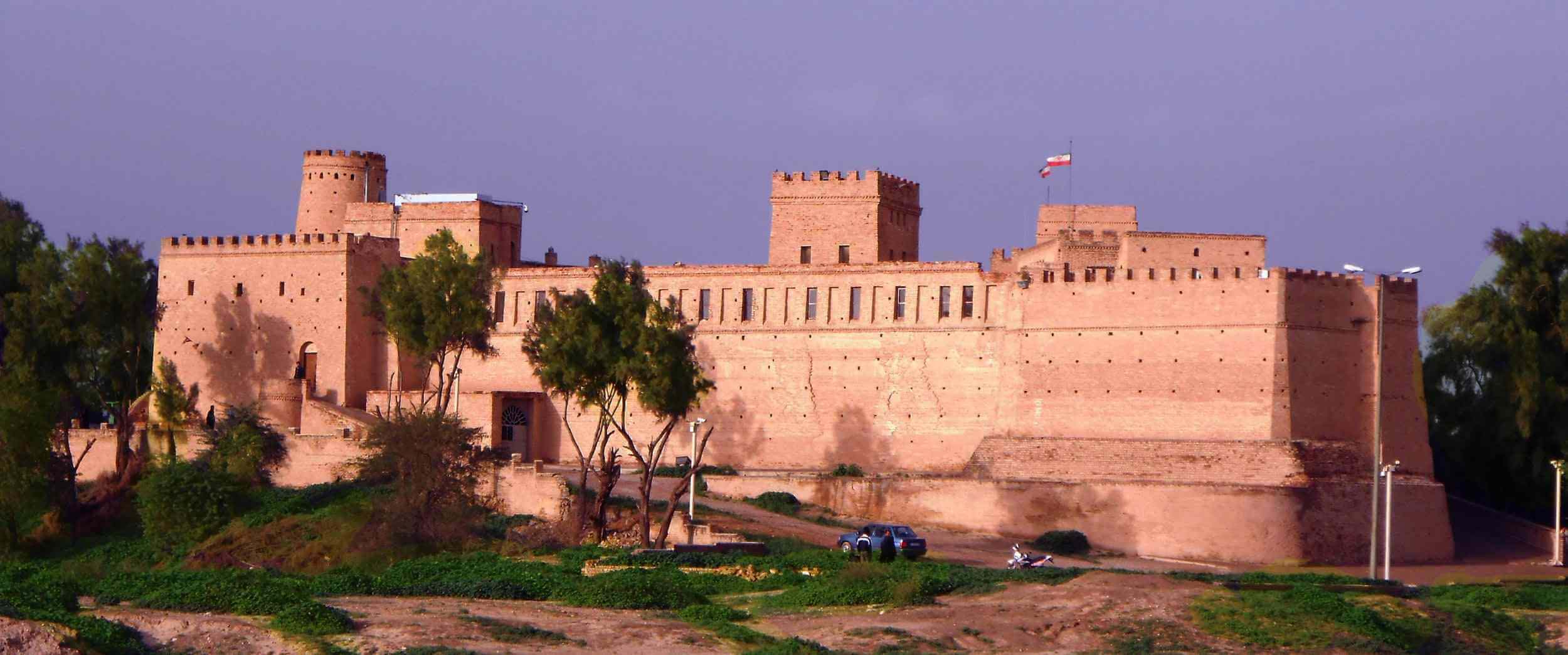 THE ANCIENT CITY OF SUSA , AHVAZ, IRAN
THE ANCIENT CITY OF SUSA , AHVAZ, IRAN
Susa is known as one of the oldest cities on the planet with continuous inhabitancy and its history goes back to the Elamite, Parsian and Parthian empires. Susa has one of the most fertile earth in the region, and it’s because of the rivers of Karkheh and Dez. For example The remaining of the ancient Susa still exists in the modern Iranian town of Shush. The tomb of Daniel which is the traditional burial place of the biblical prophet is located in Susa. It is a respected attraction among Iranian Muslims and Jewish.
TCHOGHA ZANBIL , AHVAZ, IRAN
Tchogha Zanbil is one of the few existent ziggurats, dating back to the Elamites era. It is compose of ruined palaces and temples. This ziggurat is the largest of its kind in Iran and It was inscribed on the list of World Heritage Sites of Iran by UNESCO in 1979. Tchogha Zanbil is 130 km away from the city of Ahvaz, in Khuzestan province of Iran.
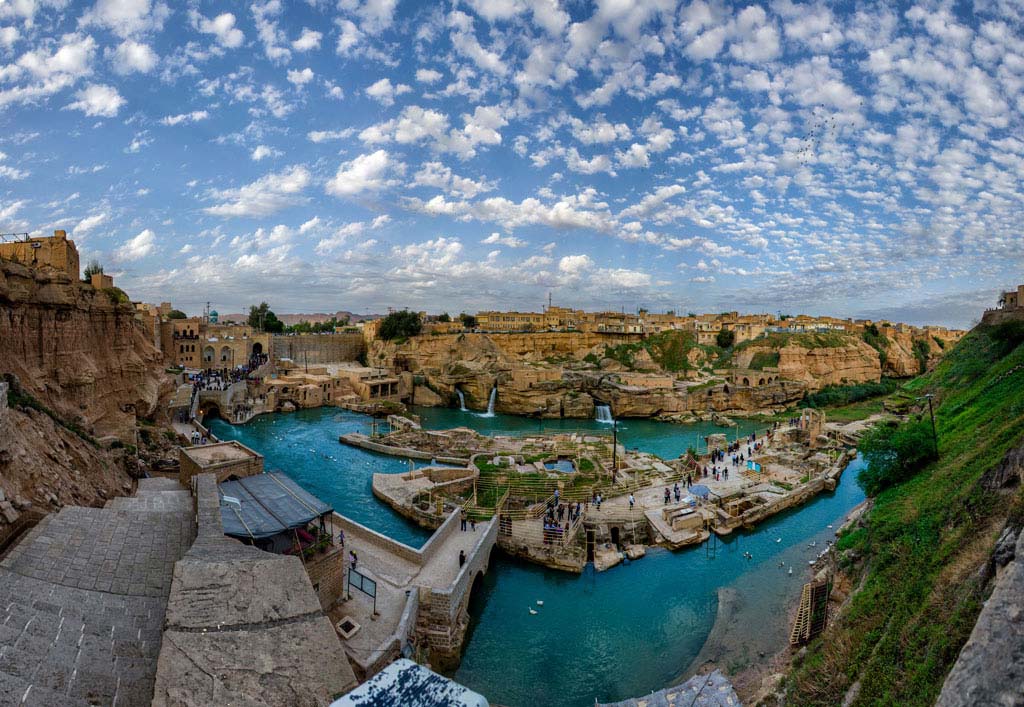
THE HYDRAULIC SYSTEM OF SHUSHTAR , AHVAZ, IRAN
Around one hour and half away from the city of Ahwaz, there is a complex irrigation system with water mills, dams, tunnels, and canals. It is inscribed on the list of World Heritage Sites of Iran by UNESCO. The history of Shushtar Hydraulic System dates back to the time of the Achaemenian king, Darius the Great. As you see the function of this system was to supply water for local people both in peace and war time


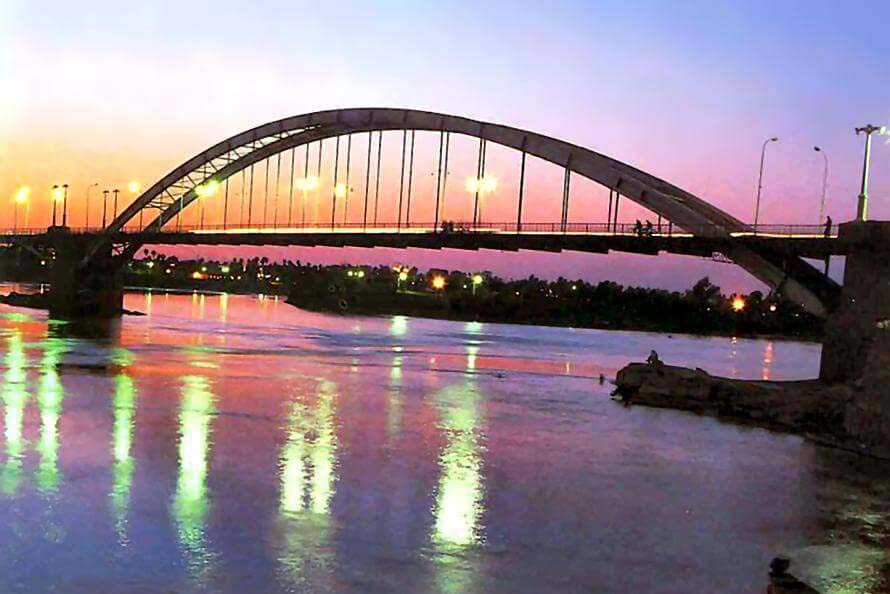
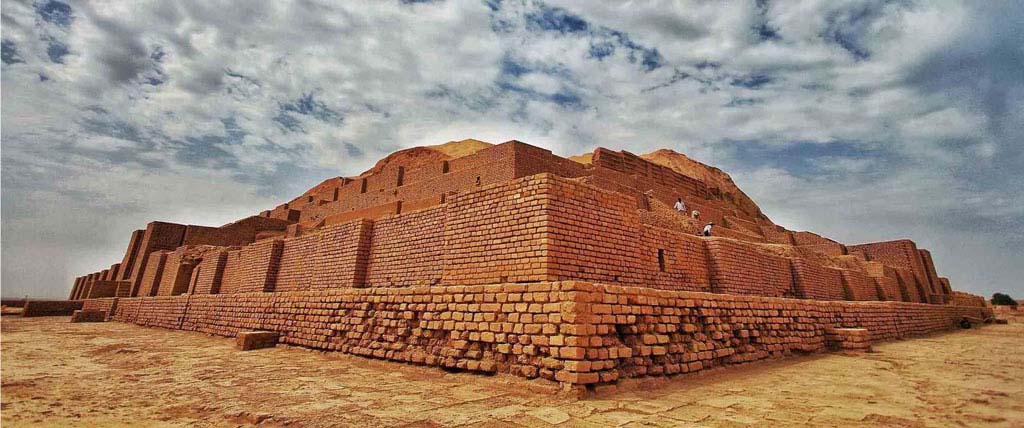
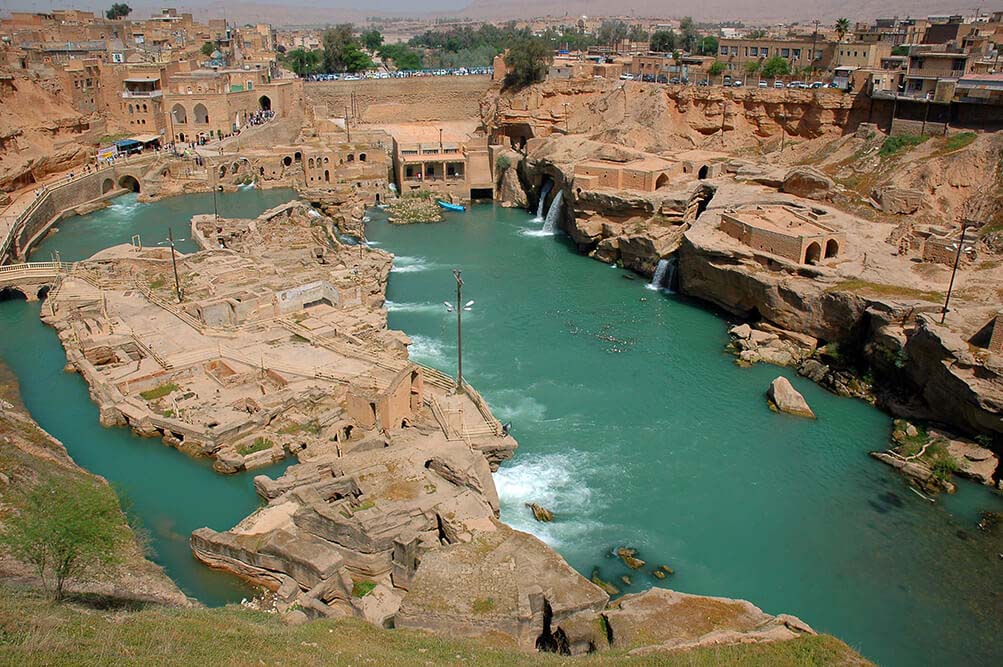
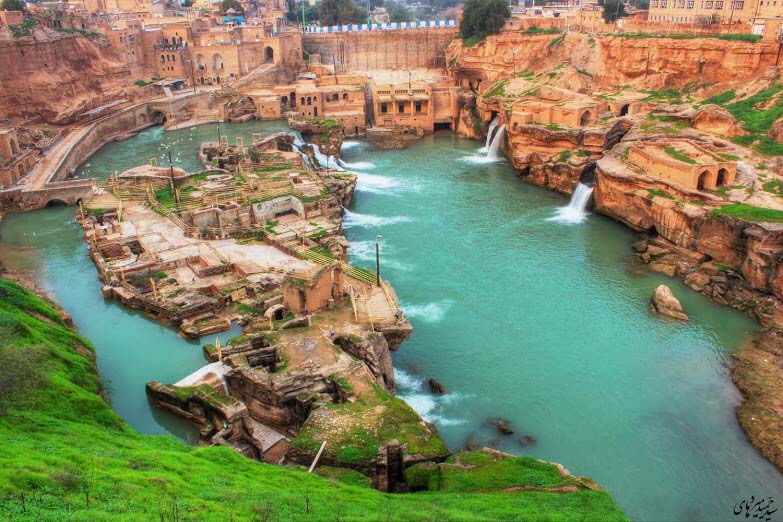
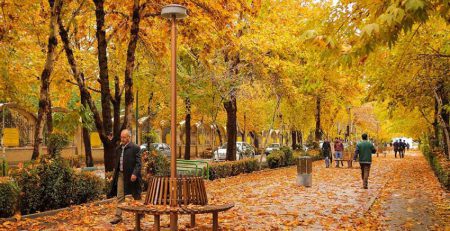
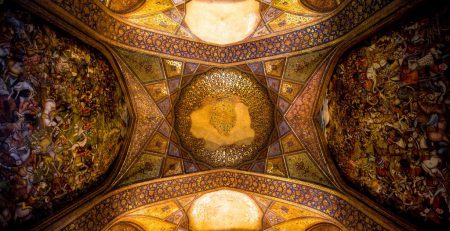
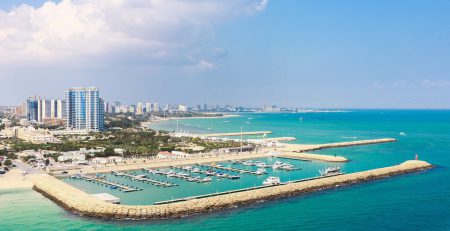

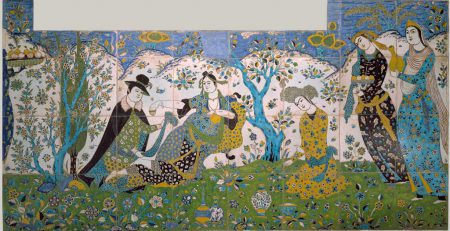
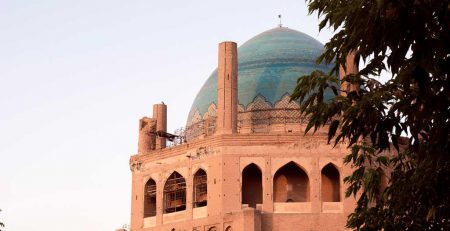
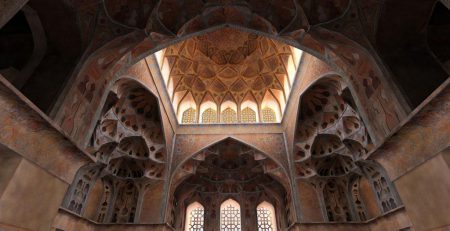
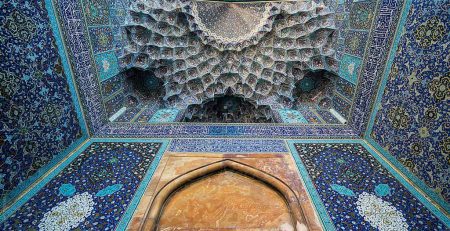
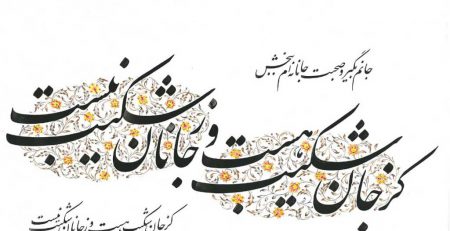
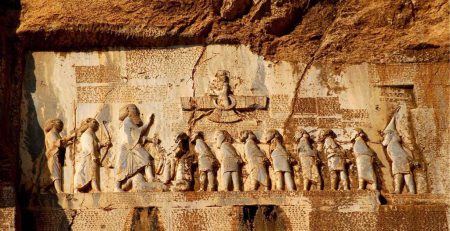
Comment (1)
[…] The most important Elamite legacy in Iran. Read More […]